
Quick facts
Plants need a range of mineral nutrients to be able to function and grow
Plants absorb nutrients from the soil through their roots, then move them up through stems in sap
Nutrients may be present in the soil or applied as fertiliser. Most UK garden soils contain enough nutrients for plant roots to find, but plants growing in containers usually need additional fertiliser
Which nutrients do plants need?
Plants need to function and grow. In the main, they get these raw materials as mineral elements from the soil. Different elements play different roles in their growth.
The three most important are:
- nitrogen (N) – for the production of (for )
- phosphorus (P) – for root development
- potassium (K) – for reproduction
On fertiliser packaging, the ratio of these nutrients is always written as N:P:K, which you can think of as shoots: roots: fruits.
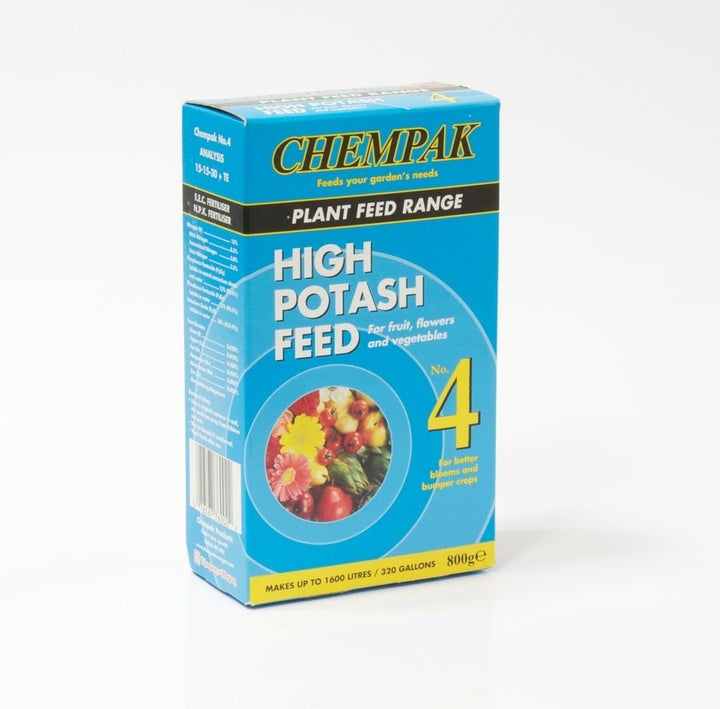
There are 16 elements that a plant needs, divided into two groups:
- macronutrients such as N, P and K, which plants need in larger amounts
- micronutrients or trace elements, such as iron (Fe), which are only needed in small amounts
All the nutrients a plant needs can be found in the soil. Soil composition varies depending on factors such as the rock it’s formed from and the amount of carbon-containing organic matter present. As a general rule, sandy soil is lower in nutrients than clay soil.
The way we grow plants in a garden breaks the natural nutrient recycling process, as we don’t generally leave plants to die and rot down into the soil. So, we make up for this nutrient shortfall by adding organic matter and fertiliser .
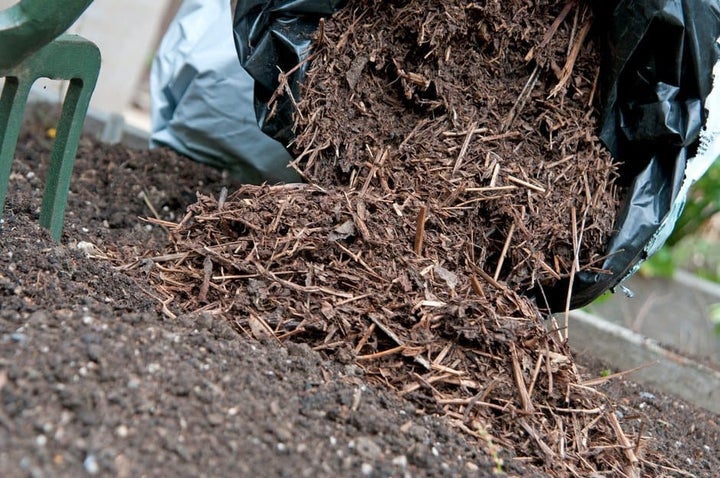
How do plants find nutrients?
Roots explore the soil, seeking out water and mineral nutrients. They make dense networks and have a large absorbent surface area due to thousands of root hairs just behind their tips. Damage to these delicate root hairs hampers a plant’s ability to take up water and dissolved nutrients.
To extend their reach, plant roots have a symbiotic (mutually beneficial) relationship with mycorrhiza l fungi . These webs of beneficial fungi live within the plant or in the soil. They help roots take up mineral more efficiently, acting as an extension to the root network. Heavily fertilised or manured soils support fewer of these fungi, as plants have less need for them. Applying fungicides to plants also lowers their numbers.
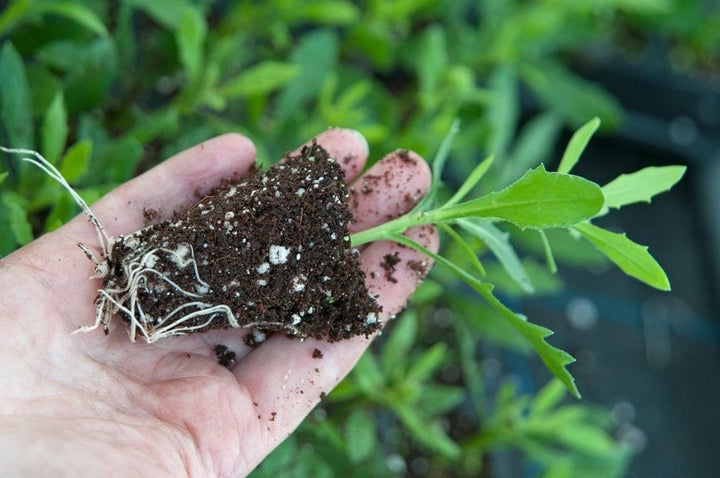
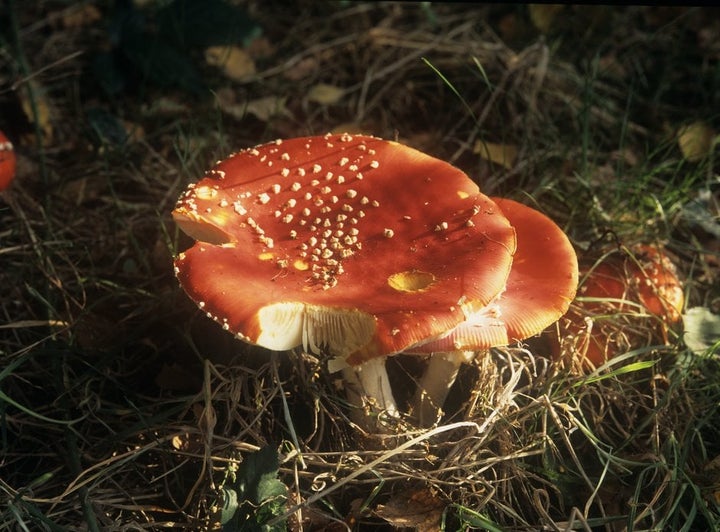
Trees and shrubs have surprisingly shallow but wide root systems, as they usually seek food and water in the upper, fertile layer of soil (top soil). So, when planting, make the hole only slightly deeper than the , but three times as wide – see our guide to planting trees .
Plants in containers have a limited volume of soil for their roots to grow in. They need more feeding and watering than those in the open ground, as the extent of their root network and its ability to support the plant is restricted.
Did you know?
Most potting compost comes with added fertiliser, which will feed plants for a certain length of time. As a general rule, plants grown in peat-free compost need feeding sooner than those in peat-based compost.
What form of minerals can plants use?
Soil minerals need to be soluble – dissolvable in water – so they can be absorbed by roots and transported around a plant to the cells that need them. If the soil is too dry, mineral may be present, but can’t be taken up by the plant as there’s not enough water to transport them.
As well as needing nutrients to be soluble, plants also need minerals to be in simple molecular forms. Luckily, microorganisms in the soil form a food web that helps to break down complex molecules. These organisms consume nitrogen, for example, and when they die or excrete, they release it back into the soil as nitrates, a form that plants can take up.
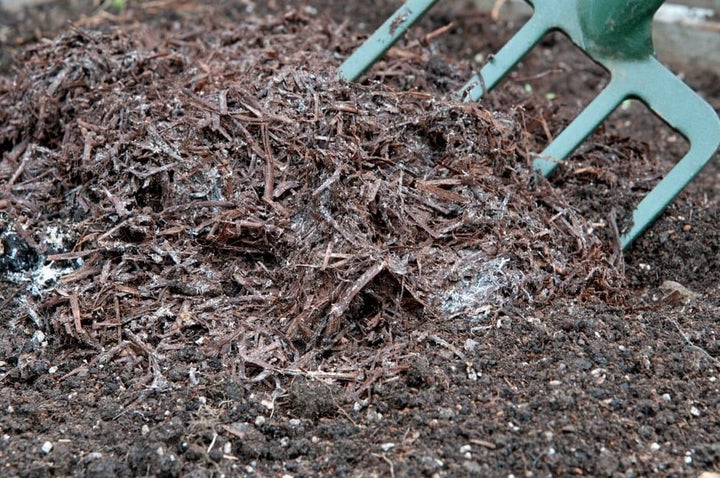
Liquid feeds can be seen as a first-aid treatment for a poorly plant, as the nutrients are already dissolved and in a form that plants can use quickly. The compounds in organic fertilisers (such as blood, fish and bonemeal), on the other hand, need to be broken down by soil organisms before they can be used. As these take longer to be absorbed, they are considered slow-release feeds.
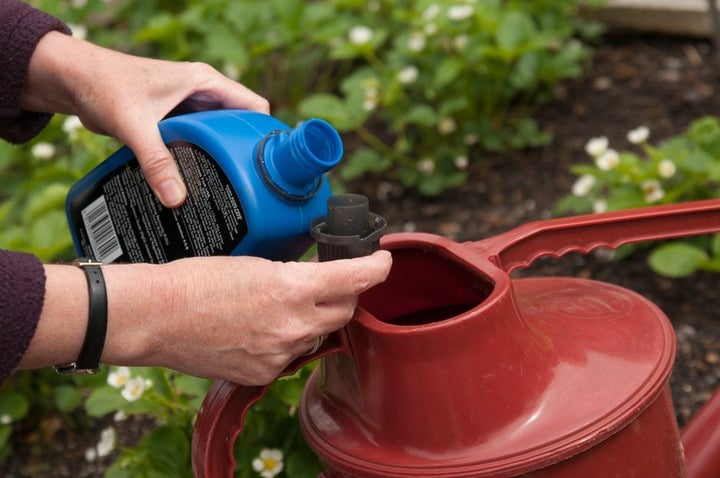
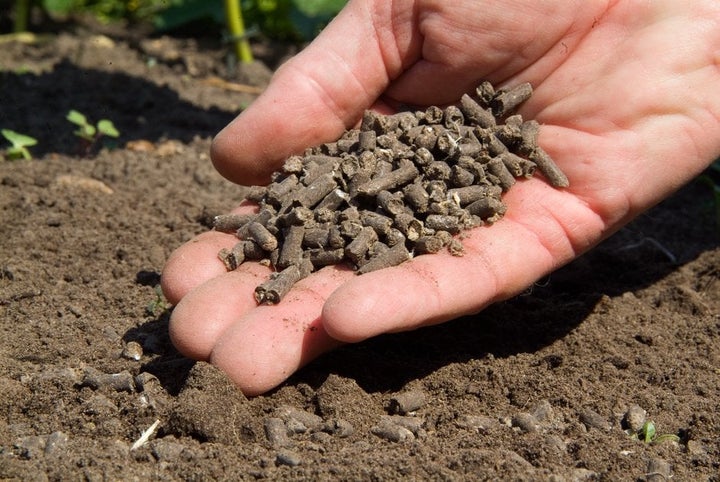
How do plants take in nutrients and when do they need them?
Once mineral are dissolved in soil water, they move into root cells by – the natural movement of water molecules from an area of high concentration to an area of low concentration. - which is the dilute solution of mineral nutrients in water – moves across root tissue from cell to cell and up through (the pipework in plant stems). These mineral nutrients are then delivered to plant tissues for processing.

It’s not just roots that can absorb nutrients – leaves can too. Foliar feeds are specially formulated liquid fertilisers that are sprayed directly onto leaves. They’re a useful way of applying micronutrients, and seaweed feeds are an especially rich source.
Plants need nutrients when they’re actively growing. The ‘growing season’ is the period when the light and temperature range is suitable for growth – in the UK this is generally spring to early autumn.
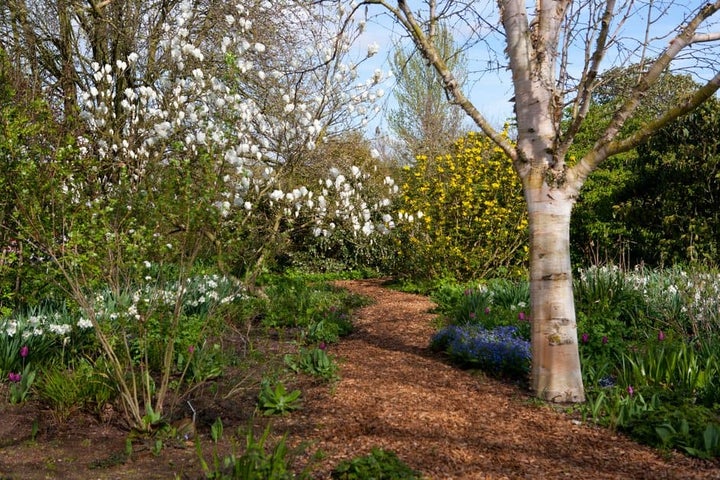
If feeding is required, it is most useful in spring, at the start of the growing season –especially nitrogen-rich fertilisers for leafy growth. Feeding isn’t recommended in autumn, as it can encourage soft growth that is easily damaged in cold weather. In winter, most plants are just ticking over, even if they flower at that time of year, so feeding isn't necessary. Heavy rains during autumn and winter can also wash soluble nutrients down through the soil, out of reach of plant roots.

The manufacture of fertilisers uses lots of energy, so they have a high environmental cost. Improving your soil, by adding organic matter, is a more sustainable option - not only providing the nutrients your plants need but also encouraging mycorrhizal fungi.

Generally, only edible crops, plants that produce a display for many months (such as summer bedding) and container plants need regular feeding. For long-term container plants many gardeners use controlled-release fertilisers, as the coating on the granules ensures nutrients are released steadily over several months.
How can you tell your plants are getting enough nutrients?
Plenty of plants get all the they need from the soil, so fertilising is often unnecessary. However, even if your soil contains all the necessary nutrients, they may be unavailable for plants to take up if the soil is dry or the nutrients are 'locked up'.
Common examples of this include:
• Ericaceous (acid-loving) plants being unable to absorb enough nitrogen, iron and manganese for in an alkaline (chalky) soil
• Plants being overfed potassium (for example by too regular applications of liquid tomato fertiliser) and their roots prioritising its uptake over magnesium, resulting in a deficiency of the latter
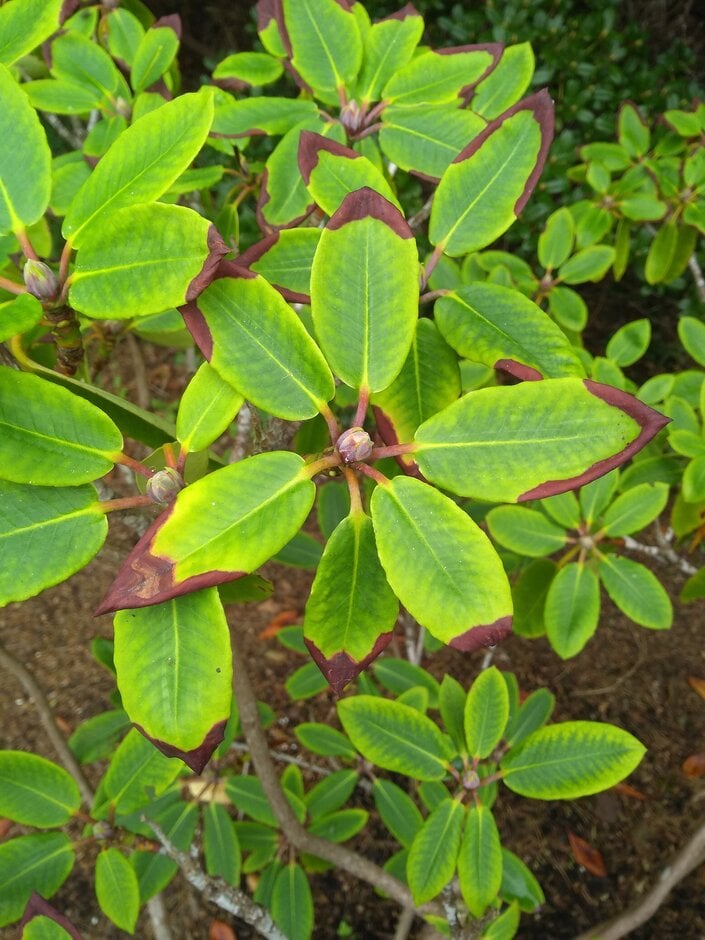
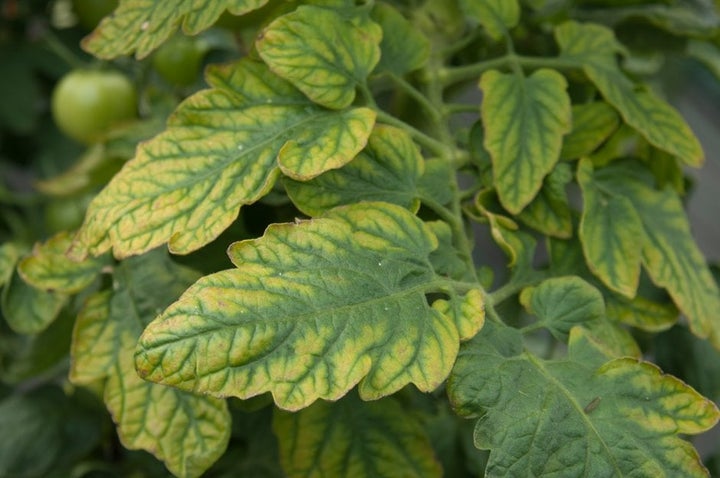
If roots can't absorb all the nutrients a plant needs, you'll start to see symptoms such as stunted growth, poor flowering and fruiting and leaf discolouration. The colour and pattern of this discolouration can help you identify which nutrient your plant is lacking. See our guide to nutrient deficiencies for more detailed advice on diagnosing a problem.
The good news is that most plants recovery quickly if they are fed the correct fertiliser. Testing your soil can help you learn more about your soil's fertility and take actions to improve it, so you don't see deficiencies reocurring.
Your next steps
Now you know more about how plants absorb nutrients, put this into practice to help your plants thrive:
- Don't feed plants if you don't need to - most plants can find all the they need in the soil. Generally only edible crops, container plants and those that flower prolifically, like summer bedding, need regular feeding. For poorly plants, a one-off feed with the correct fertiliser is often enough. See our guide to fertilisers
- Improve soils by digging in or with organic matter each spring as the starts. This not only boosts fertility but populations of soil microorganisms too. See our guide to using organic matter
- Take care when handling young plants and cover the rootballs of specimens to avoid damaging or dessicating the delicate root hairs responsible for water and nutrient absorption
- Keep containers well-watered during dry spells. Plants in pots are more susceptible to nutrient shortage as a result of drought, owing to their limited root run. See our guide to watering
- Look-up the correct pruning time for plants that are prone to to avoid wasting valuable . See our guide to bleeding from pruning cuts







